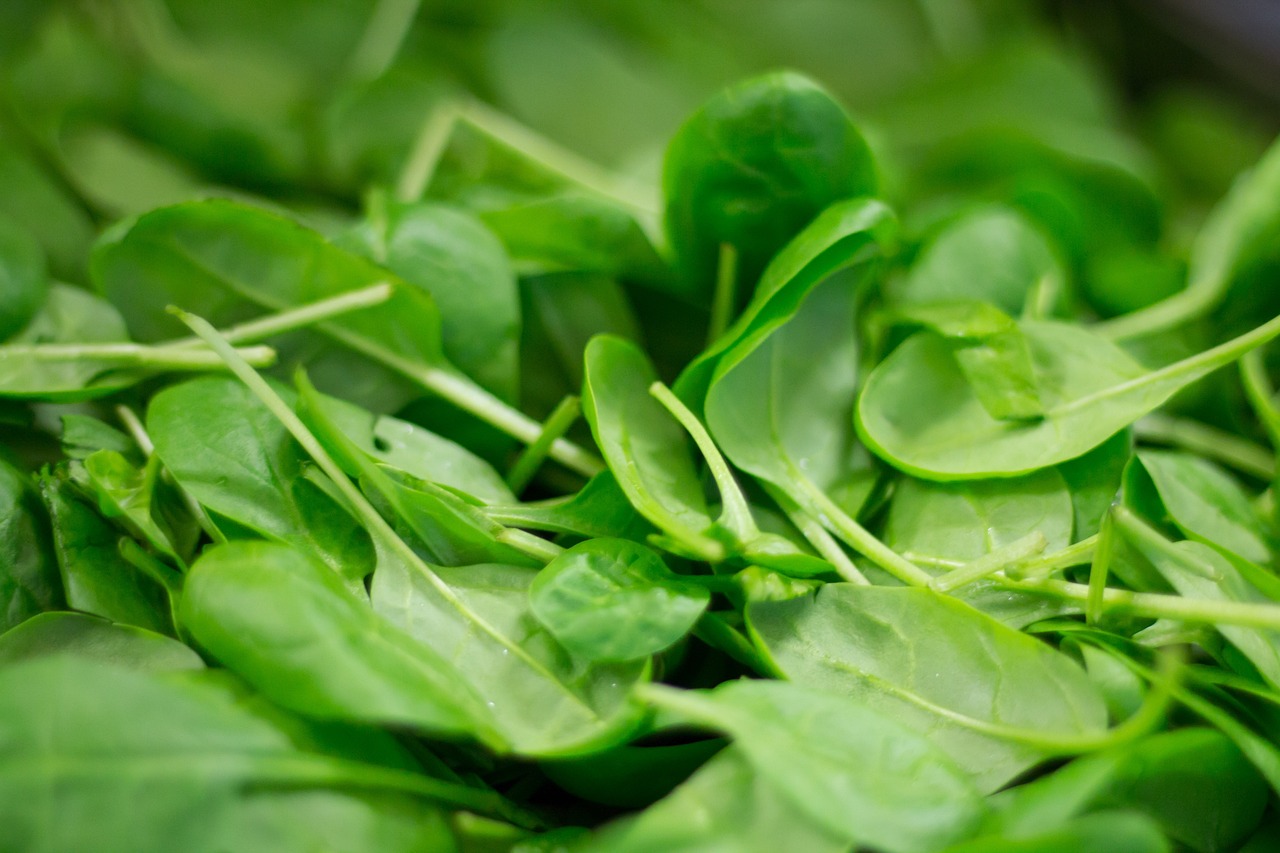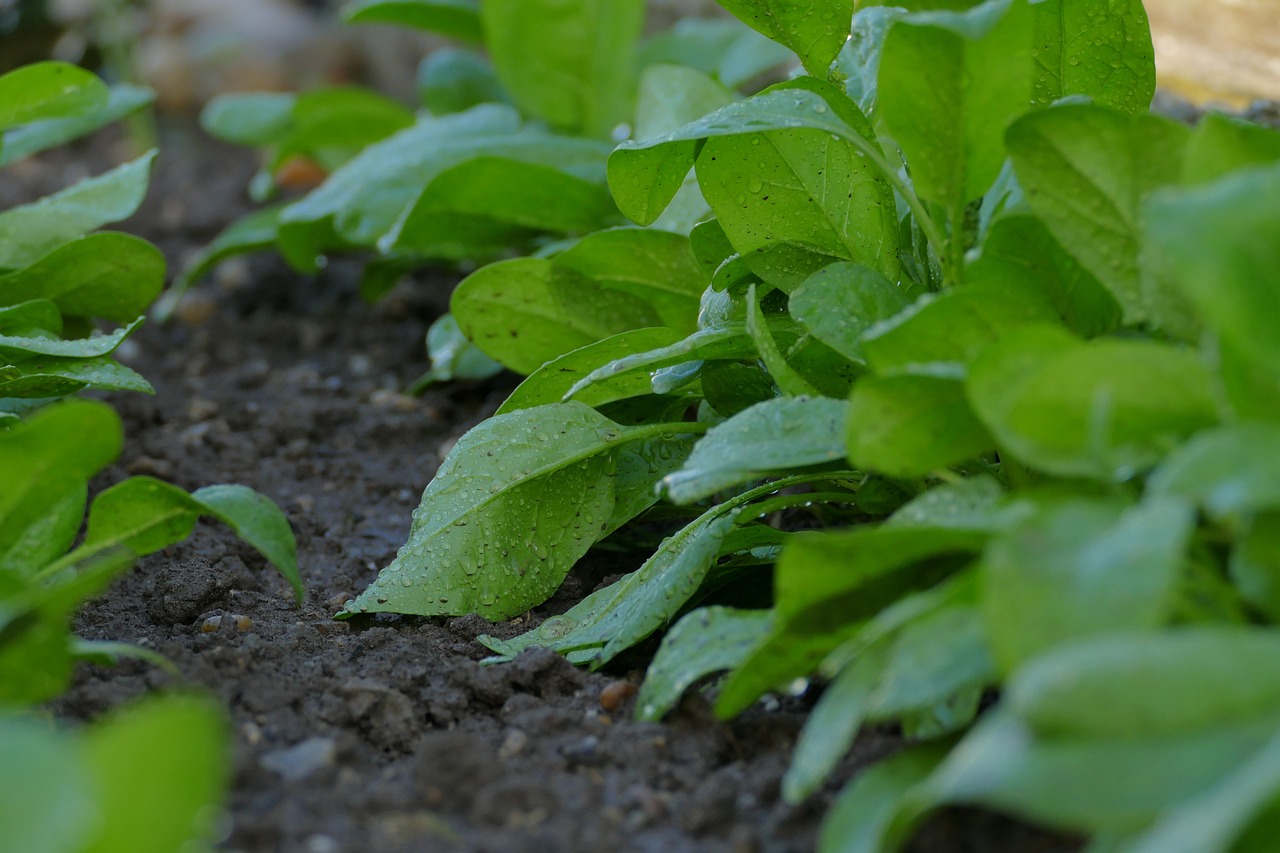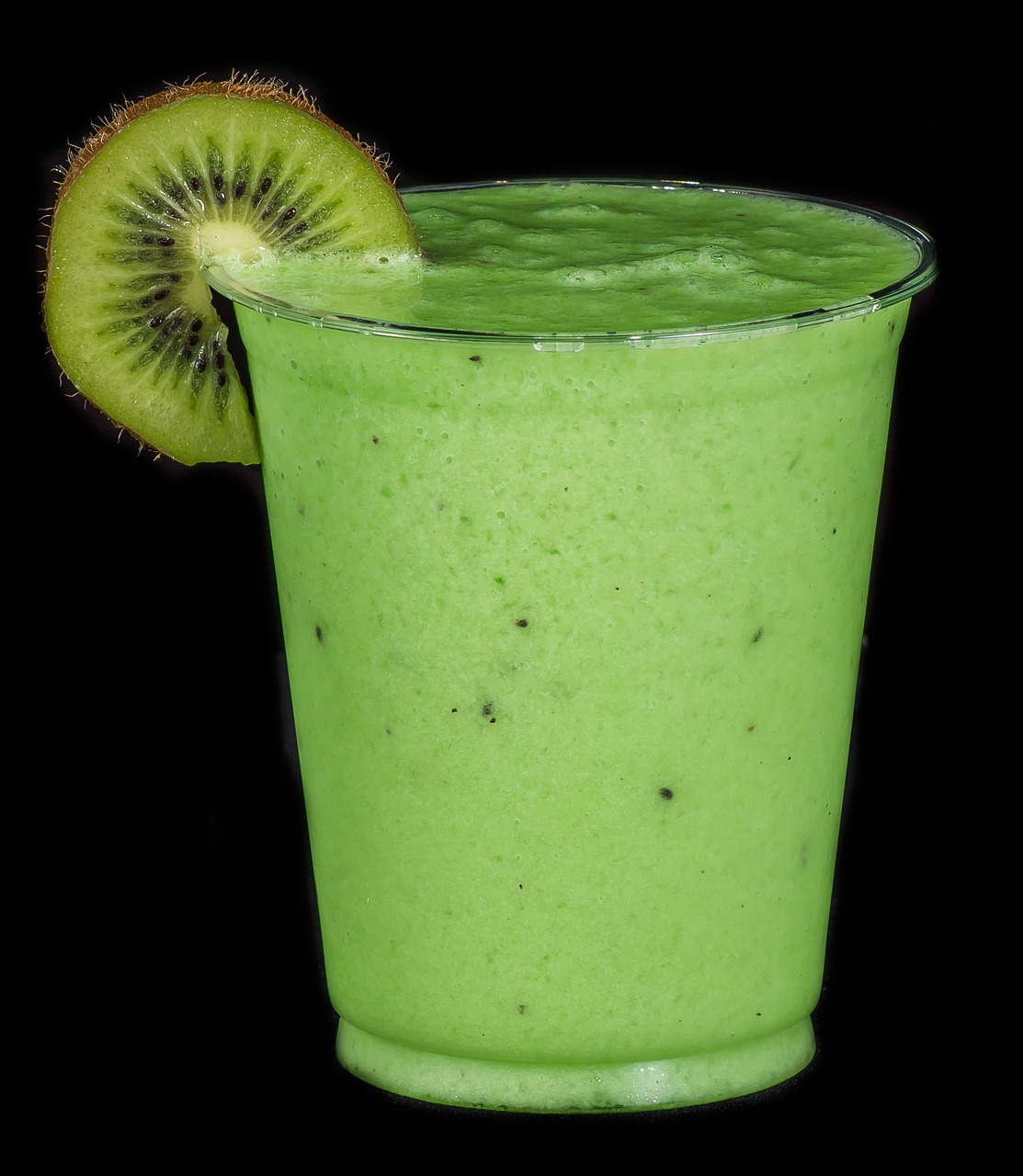
Few vegetables have conquered as many kitchens and hearts as spinach. Healthy, versatile and loaded with history, this green leafy vegetable has traveled through centuries and continents to become essential in both traditional dishes and gourmet proposals. Today we tell you everything you should know about it.
Origin and history of spinach
Spinach is native to Persia (present-day Iran). It's estimated that its cultivation began around the 6th century AD. From there, it was introduced to India and then to the Arab world. It arrived in Europe through the Iberian Peninsula, brought by the Arabs in the 11th century. In Spain, the first written records of its use date from the 12th century, and in Italy it appears documented in cookbooks from the 14th century.
During the Middle Ages, it was known as a "Lenten" vegetable, for being consumed in times when meat was restricted. Its intense green color and nutritional richness made it quickly popular in monasteries and courts.
Popeye and the iron myth

The modern fame of spinach skyrocketed in the 20th century thanks to an animated character: Popeye the sailor. Popeye was born in 1929 as part of an American comic strip created by Elzie Crisler Segar, and later became popular in television cartoons.
Every time Popeye ate a can of spinach, he acquired tremendous strength. This idea arose from an 1870 study that contained a typographical error: it misplaced a comma and attributed to spinach ten times more iron than it actually has. Although the error was discovered in 1937, the association between spinach and strength had already firmly established itself in popular culture.
What type of vegetable is it and how is it grown?

Spinach is a green leafy vegetable, with fast growth and short cycle. It belongs to the same family of vegetables as beets and quinoa. It's a very adaptable plant, but prefers temperate climates and fertile, well-drained soils with good organic matter content.
Growing characteristics:
- Sowing: direct, in rows.
- Harvest: between 30 and 50 days after sowing.
- Ideal season: autumn and spring, as excess heat can make it flower prematurely and lose flavor.
It's widely cultivated in Europe (Spain, Italy, France) and North America. In South America, the main producing countries are Chile, Argentina and some areas of southern Brazil, where the cooler climate favors its cultivation. It's also produced on a smaller scale in high or temperate regions of Peru, Colombia and Ecuador.
Spinach or chard?

In Paraguay, chard is much more popular than fresh spinach, and at first glance they may seem similar due to their green leaves and leafy texture. However, there are important differences between them.
Spinach has a milder flavor, with a slightly earthy touch, while chard usually presents a more intense profile, with bitter notes. Spinach leaves are smaller and thinner, in contrast to chard leaves, which are large, thick and have a wide and prominent stem.
Regarding its use in cooking, spinach is consumed both raw and cooked, making it very versatile. Chard, on the other hand, is mainly used cooked, whether in soups, pies or stews.
Despite the local tradition of consuming chard, spinach offers a more delicate and elegant texture. Ideal for gourmet dishes, fillings, pasta and fresh salads. Also for green smoothies or simply sautéed with garlic and olive oil. In Paraguay, restaurants like Quattro D and La Casita Gourmet de Yudith offer alternatives with this ingredient, demonstrating its versatility in professional cooking.
Nutritional value
Spinach is a health bomb in green leaves. It stands out for its high content of:
Main nutrients:
- Vitamin A: essential for vision and skin.
- Vitamin C: antioxidant and immune system booster.
- Vitamin K: important for coagulation and bones.
- Folic acid (B9): key in pregnancy and cellular functions.
- Iron, calcium and magnesium: although in moderate amounts, they are fundamental for the body.
Additionally, it has a very low caloric content, making it an ideal food for balanced diets.
After spinach... discover the refined world of leek
Just as spinach offers practicality and nutritional value, leek is also a versatile ingredient, full of flavor and with many properties. Discover its history, how it's grown and why it's worth incorporating into your kitchen.




